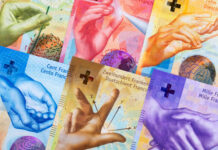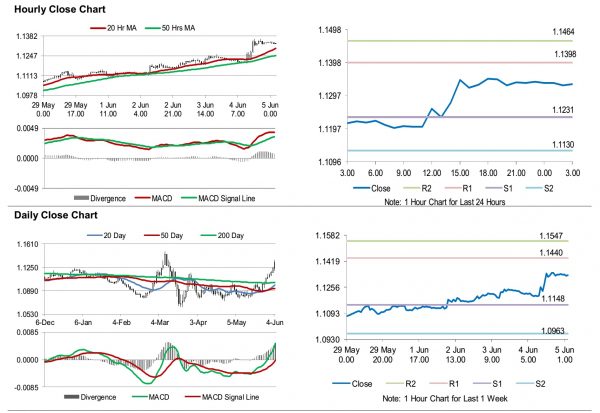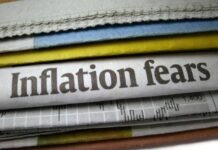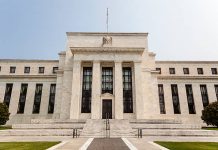For the 24 hours to 23:00 GMT, the EUR rose 0.95% against the USD and closed at 1.1339, after the European Central Bank (ECB) increased the size of its Pandemic Emergency Purchase Program (PEPP) to support the economy.
The ECB, in its interest rate decision, kept its key interest rate unchanged at 0%, as widely expected. The central bank stated that it expects the interest rates to remain at their present or lower levels until it achieves its inflation target. Further, the ECB boosted its pandemic emergency support program by EUR600bn to EUR1.35tn to support the economy. Meanwhile, the bank slashed its growth and inflation projections for this year and expects the economy to contract sharply.
On the macro front, Euro-zone’s retail sales dropped 11.7% on a monthly basis in April, less than market forecast for a drop of 15.0% and compared to a revised drop of 11.1% in the previous month.
In the US, trade deficit widened to $49.4 billion in April, more than market expectations for a deficit of $49.0 deficit and compared to a revised deficit of $42.3 billion. Additionally, the seasonally adjusted initial jobless claims dropped to 1877.0K in the week ended 29 May 2020, less than market forecast for a drop to a level of 1800.0K and compared to a revised reading of 2126.0K in the previous week.
In the Asian session, at GMT0300, the pair is trading at 1.1333, with the EUR trading 0.05% lower against the USD from yesterday’s close.
The pair is expected to find support at 1.1231, and a fall through could take it to the next support level of 1.1130. The pair is expected to find its first resistance at 1.1398, and a rise through could take it to the next resistance level of 1.1464.
Moving ahead, traders would keep a watch on Germany’s factory orders for April, slated to release in a few hours. Later in the day, the US nonfarm payrolls, average hourly earnings and unemployment rate, all for May, would keep investors on their toes.
The currency pair is trading above its 20 Hr and 50 Hr moving averages.















